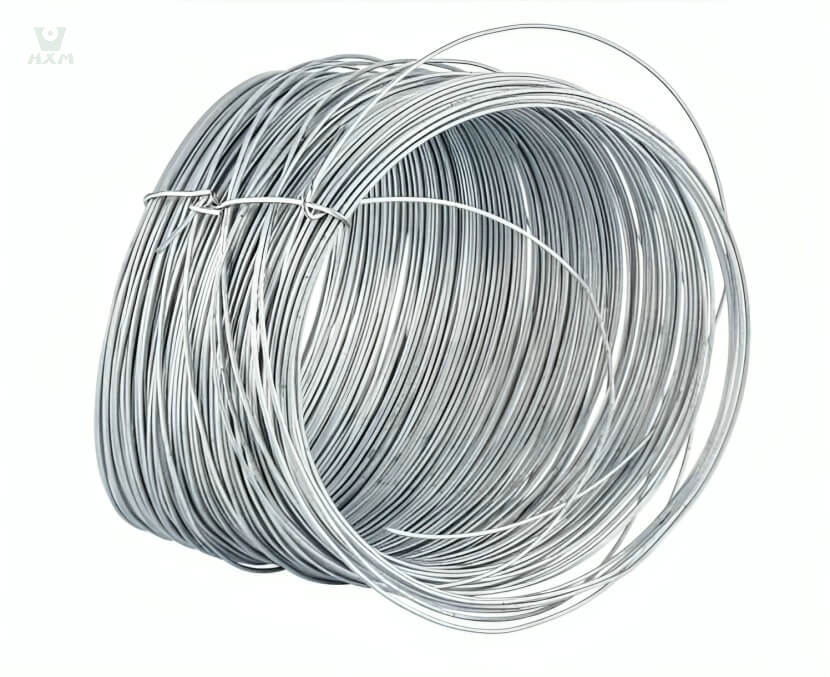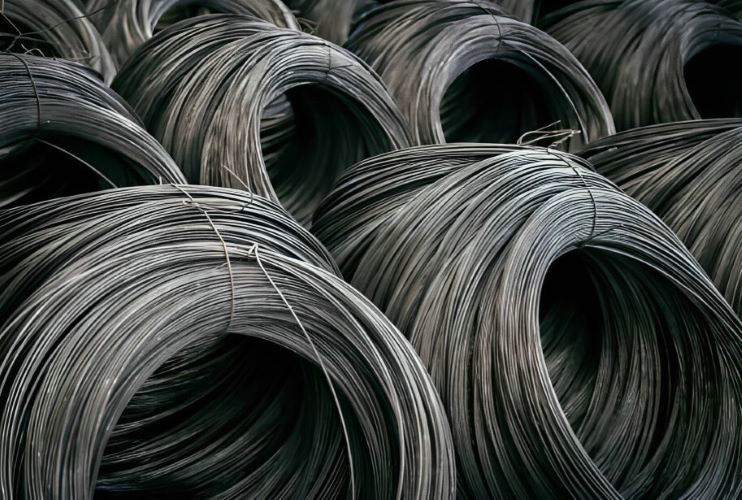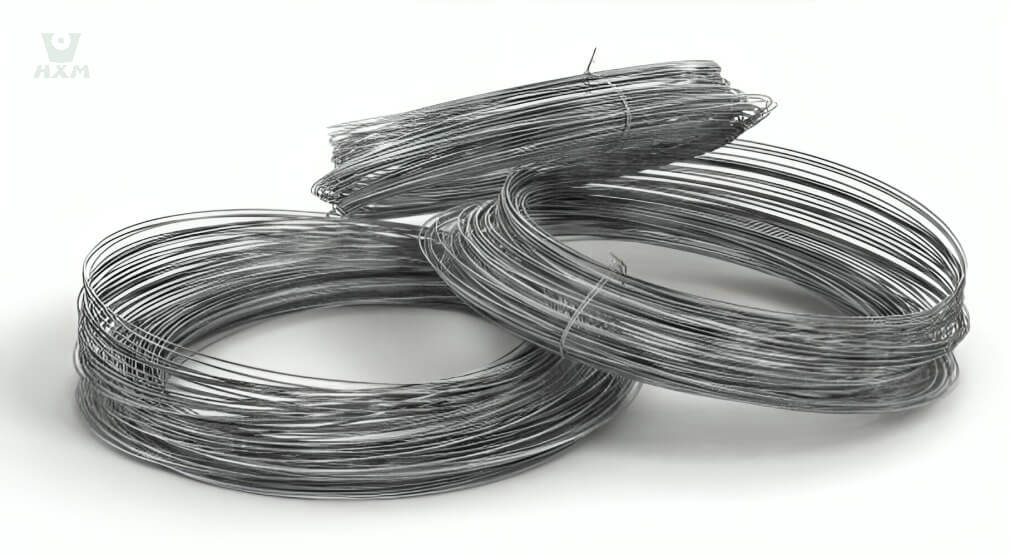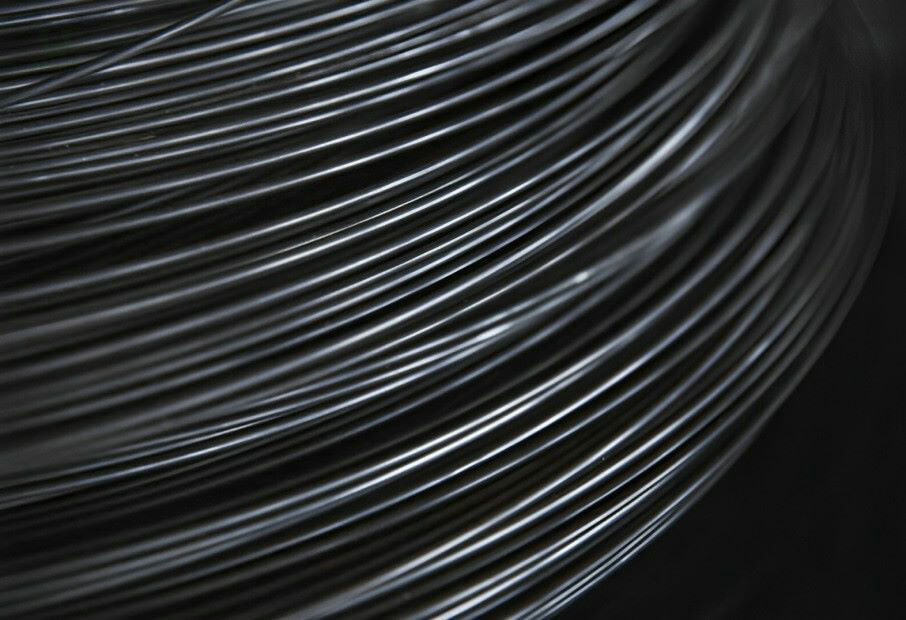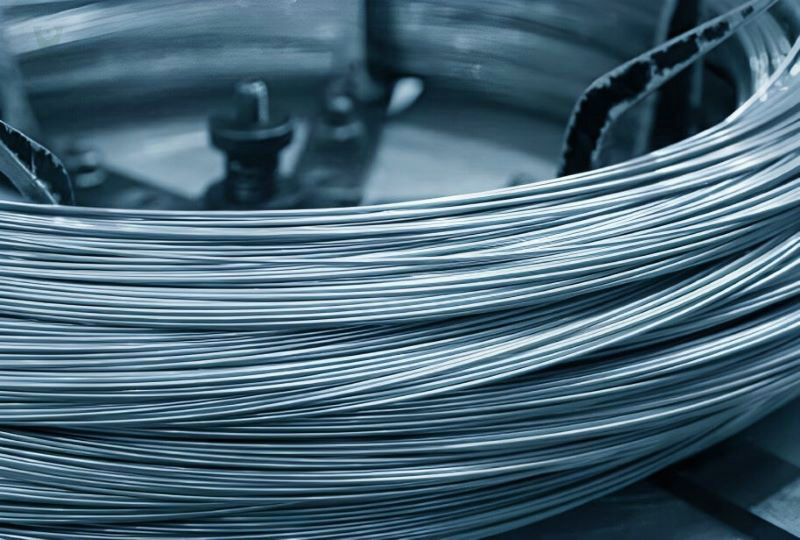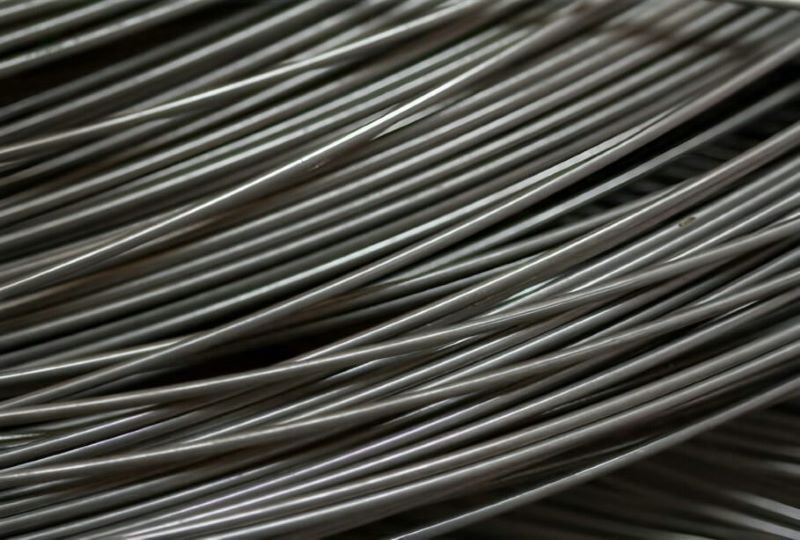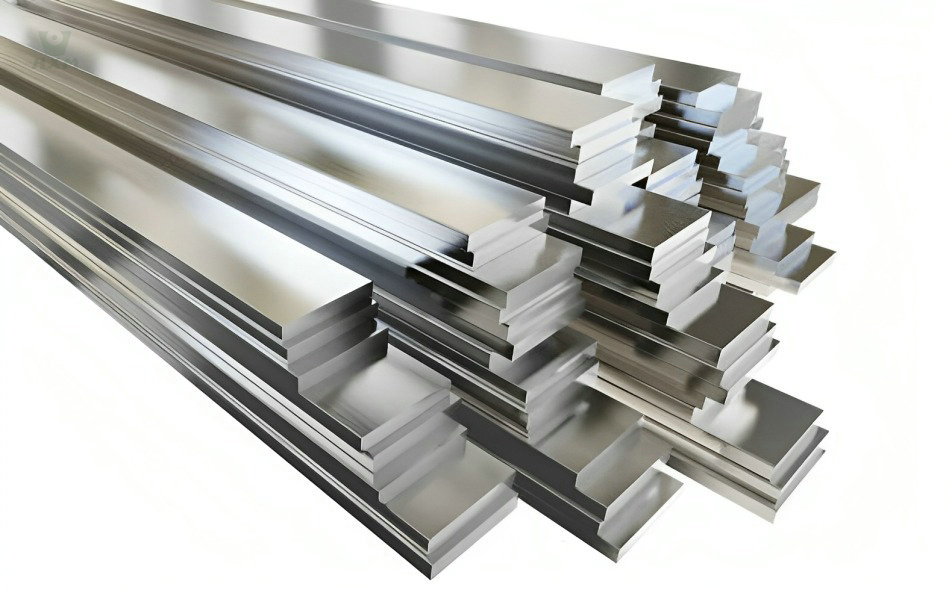
309 Stainless Steel Bar Supplier
Diameter: 3mm-480mm, 1/8″ to 2 1/4″
Standard: GB1220, ASTM A484/484M, EN 10060/ DIN 1013 ASTM A276, EN 10278, DIN 671
Main Grade: 201, 304, 316, 316L, 310s, 430
Shape: round, flat, square, angle, hexagonal
Finish: Black, NO.1, mill finish, cold draw, H9, H11
Product Description Of 309 Stainless Steel Bar
Stainless steel bar 309, an austenitic chromium-nickel stainless steel, is highly prized for its outstanding corrosion resistance and strength. It inherits the excellent processing properties of 304 stainless steel and can be easily rolled, stamped, and drawn. Its corrosion resistance is impressive and it performs well even in harsh atmospheric conditions.
Not only that, but 309 stainless steel bar also has excellent heat resistance, capable of being hot worked at temperatures of up to 1177°C, followed by rapid quenching. This makes it a valuable choice for handling high-temperature environments. In terms of welding, fusion or resistance welding methods (acetylene welding is not recommended) can be easily realized.
309 stainless steel bar is used in a wide variety of applications, including aerospace, manufacturing, anchor bolts, annealing boxes, glass forming equipment, radiant tubing for aluminum and steel annealing, hot wells, paper mill equipment, and waste incinerators. Whether in extreme environments or high-temperature applications, 309 stainless steel bar demonstrates superior performance, ensuring that your project is reliably supported.
specification Of 309 Stainless Steel Bar
Chemical Composition Of 309 Stainless Steel Bar
| Element | Percentage (%) |
|---|---|
| Chromium (Cr) | 22.0 – 24.0 |
| Nickel (Ni) | 12.0 – 15.0 |
| Manganese (Mn) | 2.0 |
| Silicon (Si) | 1.0 |
| Phosphorus (P) | 0.045 |
| Sulfur (S) | 0.03 |
| Carbon (C) | 0.20 |
physical property Of 309 Stainless Steel Bar
| Property | Value |
|---|---|
| Density | 7.89 g/cm³ |
| Melting Point | 1398 – 1420°C (2550 – 2590°F) |
| Thermal Expansion Coefficient | 16.3 x 10^-6/°C (20-100°C) |
| Specific Heat Capacity | 0.50 J/g°C (0-100°C) |
| Electrical Resistivity | 0.78 μΩ·m (20°C) |
| Thermal Conductivity | 15.6 W/m·K (100°C) |
mechanical property Of 309 Stainless Steel Bar
| Property | Value |
|---|---|
| Density | 7.89 g/cm³ |
| Melting Point | 1398 – 1420°C (2550 – 2590°F) |
| Thermal Expansion Coefficient | 16.3 x 10^-6/°C (20-100°C) |
| Specific Heat Capacity | 0.50 J/g°C (0-100°C) |
| Electrical Resistivity | 0.78 μΩ·m (20°C) |
| Thermal Conductivity | 15.6 W/m·K (100°C) |
features Of 309 Stainless Steel Bar
Corrosion resistance in 309 stainless steel arises from its robust composition. With a notable chromium and nickel content, this alloy forms a protective layer on its surface when exposed to various corrosive elements. Chromium, in particular, plays a pivotal role by enhancing the alloy’s resistance to oxidation and preventing the formation of rust. Nickel, on the other hand, promotes the passivation process, whereby the protective oxide layer further shields the underlying material from chemical attacks. This combination of elements ensures that 309 stainless steel exhibits remarkable durability in harsh environments, making it a preferred choice for applications where corrosion resistance is critical, such as in chemical processing, high-temperature settings, and industrial equipment.
Heat resistance is a defining characteristic of 309 stainless steel, rooted in its unique composition and structural properties. This alloy excels in maintaining its integrity and strength when exposed to elevated temperatures. The secret lies in its high chromium and nickel content, which work in tandem to create a protective oxide layer on the surface when subjected to heat. Chromium, with its exceptional heat resistance, prevents the alloy from succumbing to oxidation and corrosion at elevated temperatures. Additionally, the presence of nickel promotes the passivation process, further fortifying the protective oxide layer.
This exceptional heat resistance allows 309 stainless steel to function reliably in applications requiring both room temperature strength and high-temperature stability. It is particularly valuable in environments where exposure to extreme heat, such as in industrial furnaces, heat treatment equipment, and exhaust systems, is a regular occurrence. The alloy’s ability to maintain its mechanical properties under such conditions underscores its reputation as a top choice for demanding heat-resistant applications.
Weldability is a crucial attribute in the realm of stainless steel, and 309S stainless steel stands out due to its distinctive composition. Its weldability is a product of its lower carbon content, a defining feature that minimizes the formation of carbides during the welding process.
Carbides can be detrimental to the integrity of welds in stainless steel, as they are prone to precipitate along the grain boundaries, leading to brittleness and reduced corrosion resistance. In 309S stainless steel, the reduced carbon content mitigates this issue, allowing for the successful fusion of materials during welding.
This advantageous quality makes 309S stainless steel an excellent choice for various welding applications. Whether it’s joining pieces of stainless steel together or creating complex structures, the minimized risk of carbide precipitation ensures strong, durable welds with enhanced corrosion resistance, making it suitable for use in environments where welds are exposed to potentially corrosive elements or extreme temperatures.
Mechanical performance is a fundamental aspect of material suitability, and annealed 309 stainless steel showcases impressive mechanical properties. Tensile strength, an indicator of a material’s resistance to a force attempting to stretch or pull it apart, stands at 620 MPa for this stainless steel alloy. This signifies its capacity to withstand substantial tensile forces before yielding.
Yield strength, another critical mechanical property, is a measure of the stress at which a material begins to deform plastically. In the case of annealed 309 stainless steel, the yield strength is 310 MPa. This denotes the point at which the material starts to undergo permanent deformation when subjected to mechanical stress.
These robust mechanical characteristics make annealed 309 stainless steel well-suited for applications demanding high tensile strength and the ability to resist plastic deformation. Whether in structural elements, industrial equipment, or other critical applications, this stainless steel variant ensures reliable performance under mechanical loads.
Heat treatment is a critical process that can significantly alter the properties of a material. In the case of 309 stainless steel, it exhibits excellent heat treatment characteristics. This alloy can be effectively hot-worked at a specific temperature of 1177°C (approximately 2150°F). Hot-working involves processes like forging, extrusion, or rolling, which can be employed to shape the material according to the desired specifications.
What sets 309 stainless steel apart is its ability to retain its structural integrity even under high-temperature conditions. After hot-working, it can be rapidly quenched. This quenching process involves cooling the material quickly, often by immersing it in a quenching medium like water or oil. Rapid quenching serves to lock in the favorable properties achieved during hot-working.
This unique heat treatment capability of 309 stainless steel makes it a valuable material for applications that require exposure to elevated temperatures while maintaining mechanical strength and corrosion resistance. Industries like aerospace, manufacturing, and heat treatment processes benefit from these properties, ensuring consistent performance under demanding thermal conditions.
application Of 309 Stainless Steel Bar
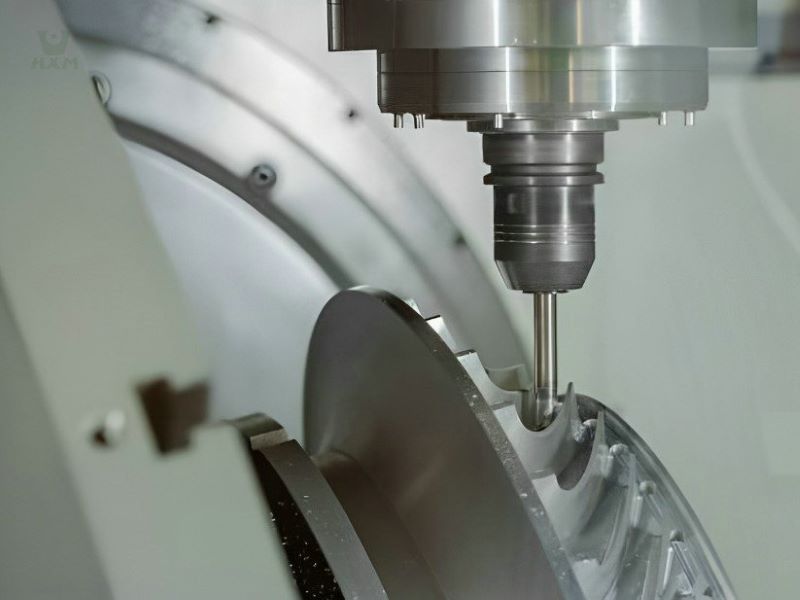
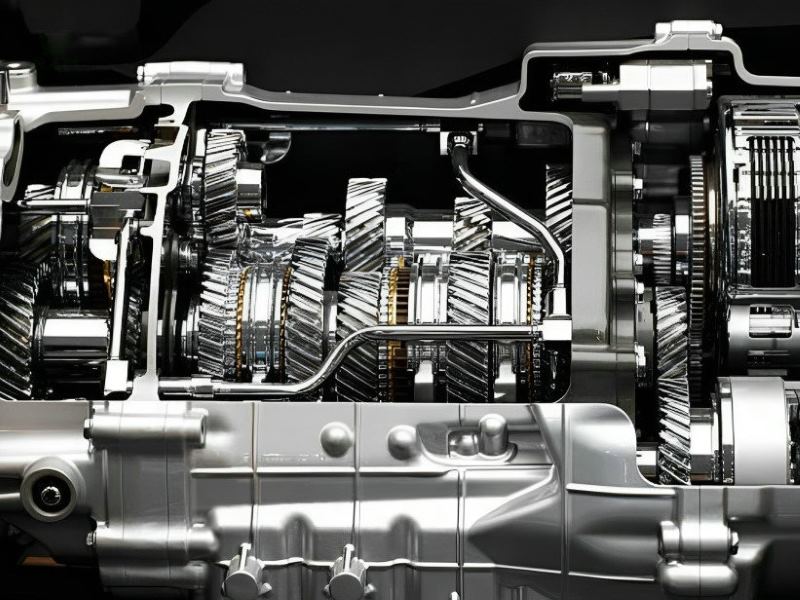
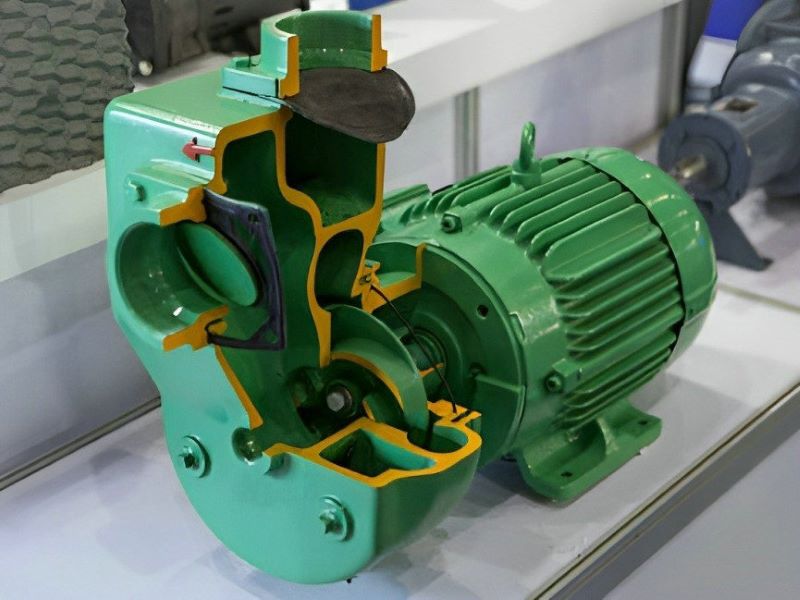
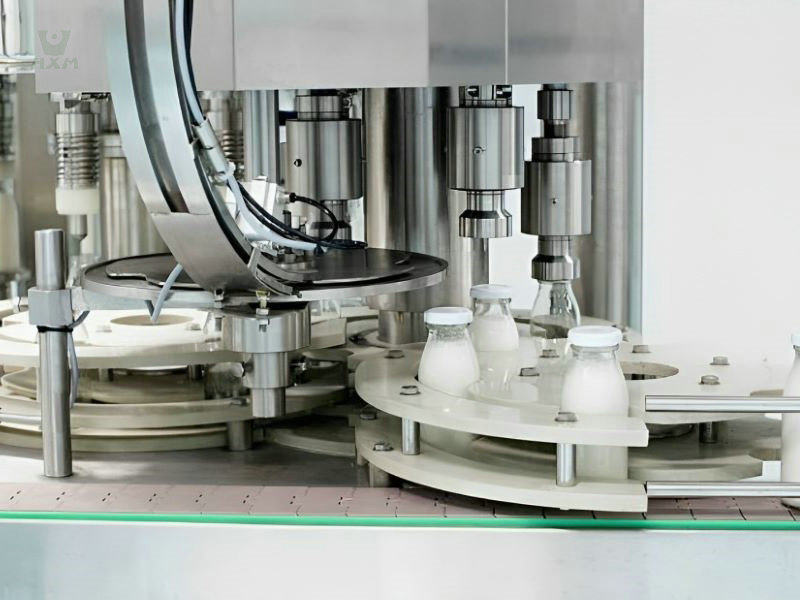
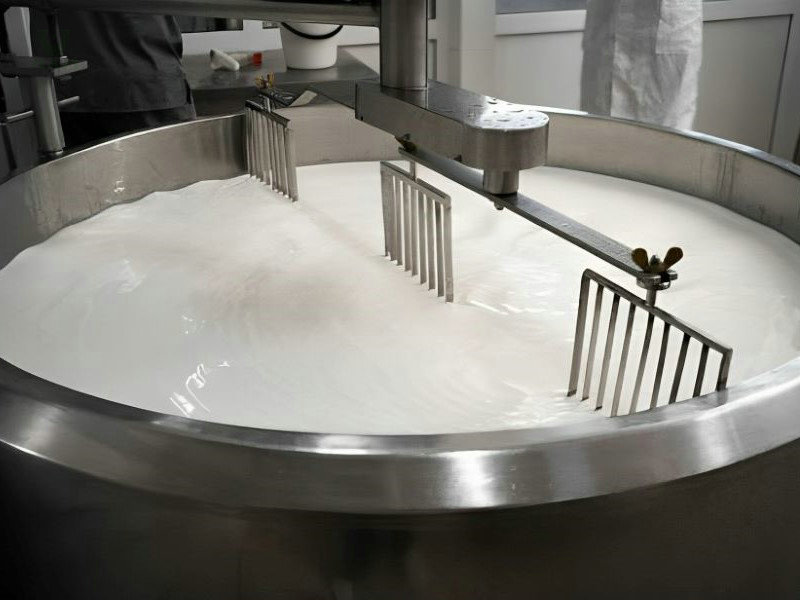
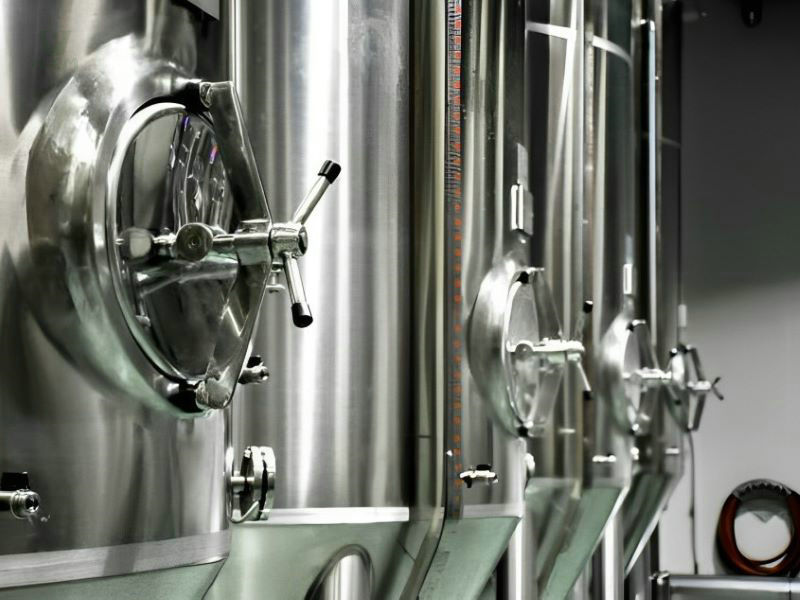
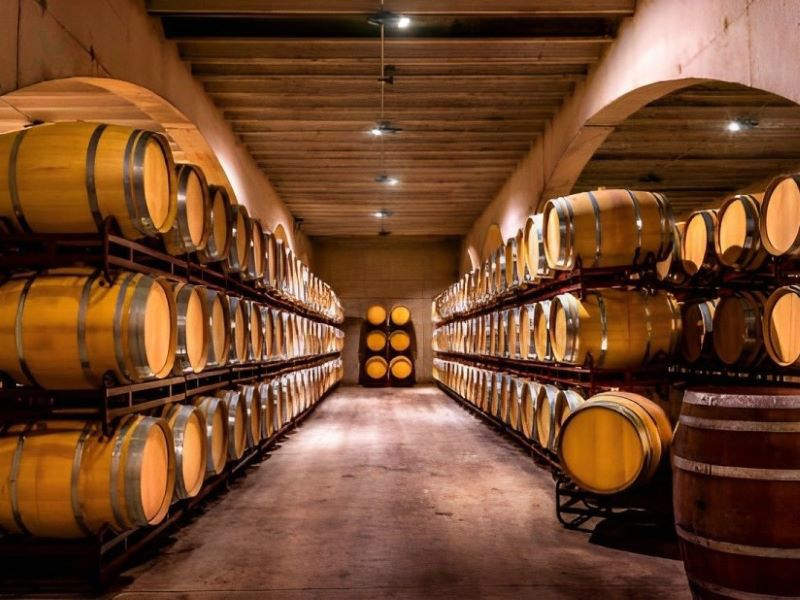
- Brewing Industry: The brewing industry relies on 309 stainless steel bars for crafting a range of equipment and tools. These bars ensure the integrity and durability of brewing vessels and components, which is crucial for maintaining the quality of the final product.
- Dairy Industry: In the dairy industry, 309 stainless steel bars are extensively used to manufacture various equipment and tools. Their exceptional corrosion resistance and hygiene qualities make them ideal for ensuring the purity of dairy products.
- Pump Manufacturing: The manufacturing of pumps requires materials that can withstand demanding conditions. 309 stainless steel bars are a preferred choice due to their robustness and corrosion resistance, ensuring the longevity and reliability of these critical components.
- Shafts: 309 stainless steel bars find extensive use in shaft manufacturing. Their strength and durability make them suitable for a wide range of applications, including automotive, industrial machinery, and more.
- Appliance Industry: Within the appliance manufacturing sector, 309 stainless steel bars are widely utilized. These bars contribute to the construction of various components in appliances such as ovens, refrigerators, and stovetops. Their heat resistance and corrosion resilience are invaluable attributes in this application.
FAQ
The key difference between 309 stainless steel bars and 304 stainless steel bars lies in their alloy composition. While both are stainless steel materials, 309 stainless steel contains higher levels of chromium and nickel compared to 304 stainless steel. This enhanced alloy composition provides 309 stainless steel with superior resistance to corrosion and oxidation, making it particularly well-suited for high-temperature applications. The higher chromium content in 309 stainless steel bars enhances their resistance to corrosive elements.
309 stainless steel bars are often used in applications where elevated temperatures and aggressive environments are prevalent. Their ability to maintain strength and corrosion resistance under extreme conditions makes them a preferred choice in industries such as manufacturing, aerospace, and high-temperature processing.
It’s important to note that 309 stainless steel bars can be a suitable alternative to 304 stainless steel bars when the application requires enhanced resistance to corrosion and heat. This distinction in alloy composition allows customers to select the stainless steel bar that best matches the specific demands of their projects.
The heat treatment process for 309 stainless steel bars involves several critical steps. 309 stainless steel is known for its exceptional heat resistance, which makes it suitable for high-temperature applications. Here is a detailed explanation of the heat treatment process for 309 stainless steel bars:
Annealing: The first step in the heat treatment process is annealing. 309 stainless steel bars are heated to a specific temperature, often around 1177°C (2150°F), depending on the desired properties. Annealing helps to reduce internal stresses, improve ductility, and enhance the overall structure of the material.
Quenching: After annealing, the bars are rapidly quenched in a controlled manner. Quenching is the process of cooling the heated bars quickly by immersing them in a quenching medium, such as oil or water. This step further refines the material’s microstructure, increasing its strength and hardness.
The combination of annealing and quenching imparts the desired mechanical properties and heat resistance to 309 stainless steel bars. The bars can withstand high temperatures and maintain their structural integrity, making them suitable for applications where exposure to extreme heat is a concern.
This heat treatment process ensures that 309 stainless steel bars can perform effectively in environments with elevated temperatures, such as those encountered in manufacturing, aerospace, and high-temperature processing applications.
Yes, 309 stainless steel rods are known for their excellent weldability. The lower carbon content in 309 stainless steel, especially in the 309S grade, minimizes carbide precipitation during welding. This characteristic makes it easier to weld without concerns about carbide formation, which can lead to reduced corrosion resistance and other welding issues. By using appropriate welding methods, such as fusion or resistance welding (avoiding acetylene welding), 309 stainless steel rods can be easily and effectively welded. This feature enhances their versatility and suitability for various applications where welding is a common requirement.
Selecting the right specifications for 309 stainless steel bars depends on your specific application requirements. It’s crucial to consider factors such as the intended use, environmental conditions, and mechanical properties needed for your project. Here are some general steps to guide your selection:
Identify the Application: Determine the purpose of using 309 stainless steel bars. Are they needed for high-temperature applications, corrosion resistance, or general structural purposes?
Corrosion Resistance: If corrosion resistance is essential, ensure that the specifications of 309 stainless steel meet the required standards. You can opt for different subtypes, such as 309S, which offer improved welding properties while maintaining corrosion resistance.
Heat Resistance: For applications involving high temperatures, consider the heat resistance of the material. Ensure that the selected specifications can withstand the required temperature range.
Mechanical Properties: Select specifications based on the necessary mechanical properties, including tensile strength, yield strength, and elongation. Consult with a stainless steel bar supplier to match these properties with your project’s needs.
Weldability: If welding is a requirement, choose 309 stainless steel with lower carbon content, like 309S, to ensure optimal weldability.
Size and Shape: Determine the dimensions and shape of the bars that best fit your project. 309 stainless steel bars are available in various forms, such as round bars, square bars, or hexagonal bars.
Standards and Certifications: Ensure that the stainless steel bars meet industry standards and certifications relevant to your application.
Consult a Supplier: It’s advisable to consult a stainless steel bar supplier with expertise in 309 stainless steel. They can provide valuable insights and recommendations based on your specific needs and industry standards.
By following these steps and consulting with a reputable supplier, you can select the right specifications for 309 stainless steel bars that align with your project’s requirements.
recent stainless steel wire products
Get In touch
Ready to Elevate Your Projects? Dive into our Stainless Steel Collection and Submit Your Specifications Today!
Phone/WhatsApp/WeChat:
+86 13052085117
Email: [email protected]
Address: RM557, NO.1388 Jiangyue Road, Shanghai China


